8 Reasons Why Buying a House In 2021 Is Harder Than Last Year
Buck up, potential homebuyers. The spring real estate season of 2021 is shaping up to be fierce.
With bargain-basement interest rates, a dearth of housing supply, and everyone eager to relocate during the pandemic, a perfect storm is spurring home sales to a record 14-year high. The trend continues with new home sales hitting 6.7 million in January, up 23% from the previous year.
So, you may be left wondering — with some FOMO — can you buy a home right now? And even if you could, should you, given soaring prices and irrational bidding wars? Could we see another housing crash akin to the one in 2008, and be left feeling foolish with keys to a house that loses 30% of its value overnight?
Exhale.
“The question to ask yourself is not, ‘Is this the right time to buy?’ but rather, ‘Is this the right time to buy for me?’” says Kathy Braddock, managing director at real estate company William Raveis in New York City. “Pay attention to why you’re buying. It should be because you want to really own something, and create a home and community for yourself or your family.”
That advice is extra important in 2021, because buying a home this year will take more fortitude than usual. Mortgage rates are likely to stay low, but the pandemic economy has tightened lending standards and locked out buyers with bad credit from the best deals.
Plus, many first-time homebuyers who need down payment assistance might be at a disadvantage in a fast-moving market where cash offers are plentiful.
All in all, even if you’re in financial shape to buy, it could be wise to sit out this season. If you’re ready to take the plunge and 2021 is a great time for you, here’s what you need to know about this unprecedented homebuying season.
What’s Different About Buying a House in 2021
Prices are rising
There’s some sticker shock in the market right now, with home prices up 10% year-over-year.
Remember the housing crash of 2008? The fundamentals propping up home prices today (e.g., low interest rates, supply scarcity) are not the same as what they were then (e.g., subprime mortgages, overleveraging). But that’s not to say that there won’t be another price tumble.
My advice? Focus less on the purchase price and more on your monthly carrying costs including mortgage, property taxes, maintenance and homeowner’s insurance. A good rule of thumb is to spend no more than 30% of your budget on your mortgage and the related housing costs. As Braddock says, “You want to make sure you can afford it and not be house poor at the end of each month.”
It’s best to not value a home as a financial investment — otherwise you’re setting yourself up for possible disappointment. A home, while an asset, is hardly liquid like stocks. And selling is contingent on finding a buyer, which may not happen right away or at the price you’re hoping to fetch. That’s the reality. This is why preparing to hold onto a house for five years or longer is prudent.
Housing markets are changing quickly
Don’t be too influenced by the changes you’re seeing in a particular market in reaction to Covid-19, Braddock warns. For example, if a city or town is experiencing an influx of residents as they look for alternative places to hide out during the pandemic, that growth is not necessarily sustainable. A better barometer for a town or city’s real estate strength is its local business growth and employment opportunities, and whether there are signs the community will continue to attract residents post-Covid, says Braddock.
Conversely, don’t write off a town’s future because, say, its school district, once a draw to buyers, is in current disarray. In our New Jersey suburb, schools have yet to reopen in the pandemic, creating conflict between parents, the school board and teachers’ union. While it’s been tough, we’re not alone. Many surrounding districts are dealing with similar challenges and once the pandemic subsides, the feeling is that the learnings from this moment will help the town emerge more resilient. And for what it’s worth, new buyers are not hesitating with some homes receiving more than 20 offers.
A pre-approval letter is crucial
Houses are moving quickly this year, and sellers are likely to get several good offers at a time. Without a preapproval letter in hand as you’re shopping for homes, you’re likely to get beaten out by someone more prepared.
A preapproval letter is a conditional statement from a bank that states how much it would be willing to loan you. It takes into account your financial situation, such as income, debt, savings, and credit score. With it in hand, sellers are more confident in your ability to follow through with the sale and accept your offer. Banks will usually honor their preapproval for 90 days, barring any major financial shifts in your life.
Underwriting is intense
This is no walk in the park — especially these days with greater scrutiny from underwriters.
Once your offer is accepted, it’s time to follow-up with the bank and work on securing your mortgage. For this, you’ll need to pull up a heap of financial documents, including previous tax returns, bank statements, pay stubs, and probably a letter from your employer stating your job status. If you’re self-employed or run a business, you’ll want to have a letter from your accountant on the company letterhead stating that your business is “in good standing.”
The process normally involves a lot of back and forth with the mortgage lender, and then you might not hear anything for a week, which only adds to the anxiety (but no news is usually good news). The whole process can take up to a month or two before receiving a “clear to close” from the bank.
These days, there are a couple reasons why your mortgage approval is more likely to fall through. The first is that it’s not unusual for banks to verify your employment more than once during the mortgage-approval process, whereas before they may have only done it once. Our lender called my accountant the day before our closing date to verify — for the third time — that my business was in good standing. With high unemployment levels, job losses are to be expected and banks aren’t taking any risks. If you get furloughed or lose your job during the mortgage-approval process, even if you have savings, it could highly jeopardize your loan.
Appraisals are high-stakes
Next: If the appraisal — performed after your offer is accepted — comes in lower than your bid, you may be put in a tough spot. Low appraisals can happen in a bidding-war environment where buyers make offers based largely on emotion and adrenaline, as opposed to comparable home prices. But if the appraisal comes in lower than your offer you risk having to rescind your offer or needing to come up with a bigger down payment to cover the gap.
For example, let’s say you made an accepted offer on a home for $300,000. This assumes you will put down 20% — $60,000 — and that the bank has agreed to finance 80% of the home’s value, up to a preapproved amount of $240,000.
But then the appraisal comes in at $250,000, which is $50,000 below the original offer. That means the lender will cover only $200,000 of the price, since that is now 80% of the home’s appraised value (with you offering a 20% down payment). Since your mortgage is now $40,000 less than what you were expecting, you’ll need to cover the difference or risk losing the deal if you can’t renegotiate. And in today’s market, where homes regularly receive multiple offers, sellers have less incentive to negotiate with buyers.
Now the question becomes: Can I put the full $100,000 (which is the original down payment of $60,000 plus the $40,000 the lender is no longer covering) down to purchase the home? And also: Do I even want to buy a home for more than its appraised market value?
Keep in mind: Appraisers look at similar homes that have already sold, not active listings, so even though the home may not appraise evenly today, it may appraise more in the next year when similar homes have recorded sales.
A 20% down payment is more important than ever
Prepare to have a 20% down payment. While, in some cases, first-time buyers may be able to buy a home with as little as a few percentage points down, it’s very risky. With such little equity, there’s a greater chance that, in a down market, your mortgage will be “underwater,” and you will owe more than what the home is worth. That’s what happened to many property owners during the housing crash of 2008. Unable to sell and repay their mortgages, many homeowners had to foreclose on their properties.
What’s more, first-time homebuyers without a 20% down payment in hand could be at an extra disadvantage this year. Those making use of down payment assistance programs, for example, have met a perception among sellers that the programs will slow down the transaction.
For what it’s worth, I’ve always been a bit leery of first-time buyer programs because of their low down payment requirements. It’s no secret this is a “hot” market and prices may be due for some “correcting” in time. If prices fall by 5% or 10% and you have only 3.5% equity in your home, that may put you at a higher risk of default. You also may be required to buy private mortgage insurance, or PMI, which mainly protects the lender in case you have to walk away from your loan.
Strong credit is a must
If you want to nab the lowest possible interest rate (which is hovering around 3% right now), there’s no doubt you’ll need top-notch credit history, as well as FICO score in the mid to high 700s out of 850.
While it’s true that some first-time homebuyer programs, such as FHA, VA, and USDA loans, ask for lower credit requirements, they may also make your home offer less appealing to sellers entertaining more attractive financing deals or cash offers.
It may be better in the long run to spend time building up your credit history, saving up, and eventually applying for a standard home loan. You can usually check your credit score after logging into your bank’s website. You can also review your credit history at annualcreditreport.com.
Don’t do it without an emergency fund
In an uncertain economy like this one, cash is king. You want to have a liquid buffer in case of unexpected expenses or income loss. Do you have at least a few months — preferably six months — of your necessary living expenses shored up in a savings account? If you lost your job the day after closing on your house and had to pay the mortgage for six months, could you? Securing savings is a vital step for any home buyer in 2021.
Bottom Line
It’s tempting to join the real estate frenzy and buy a house, but let it be a decision driven by personal needs and desires, rather than market conditions. If you’re ready to buy, a little bit of financial prep can go a long way in ensuring a smooth process to the finish line.
SOURCE : Time.com/Next Advisor





